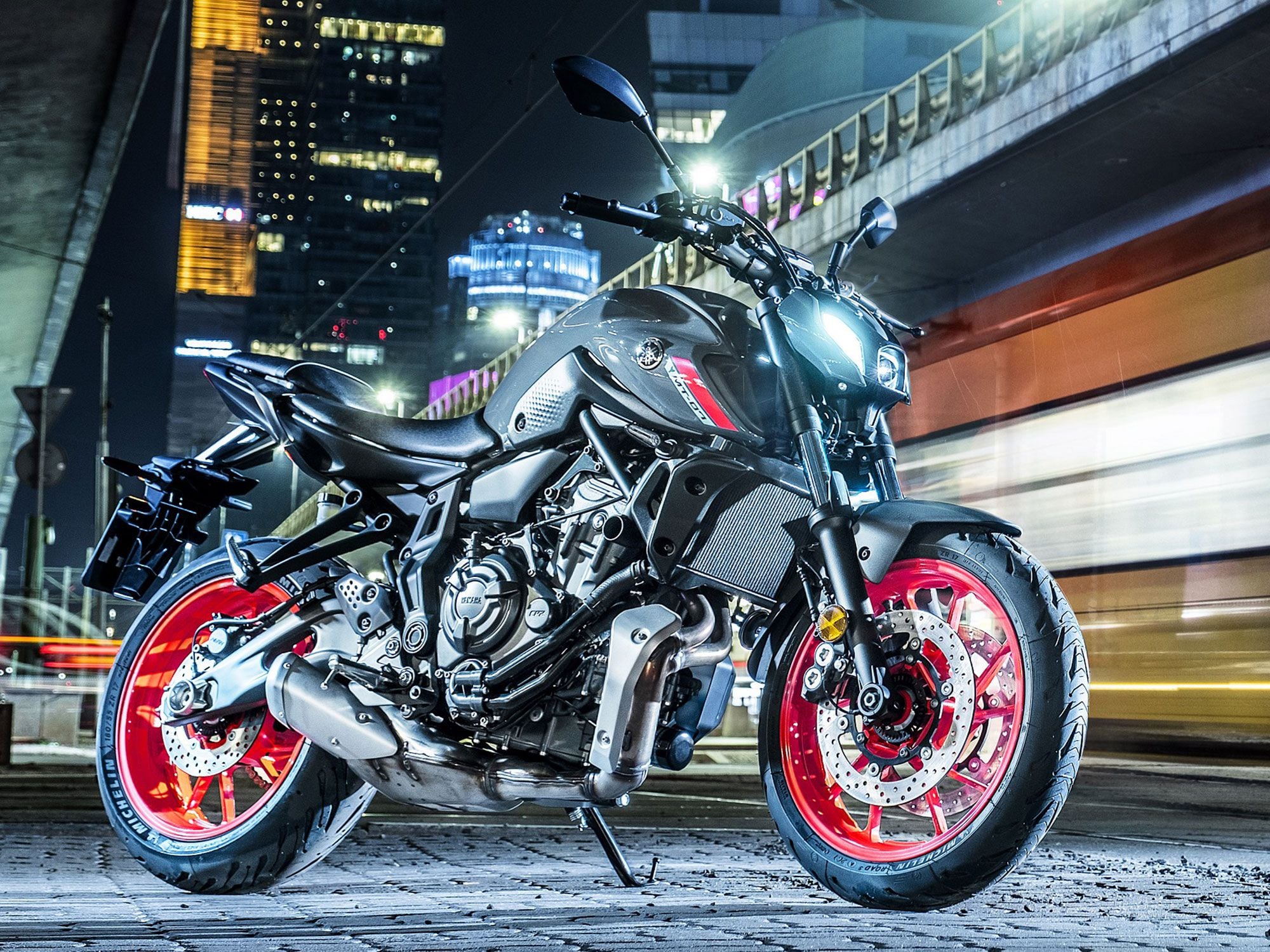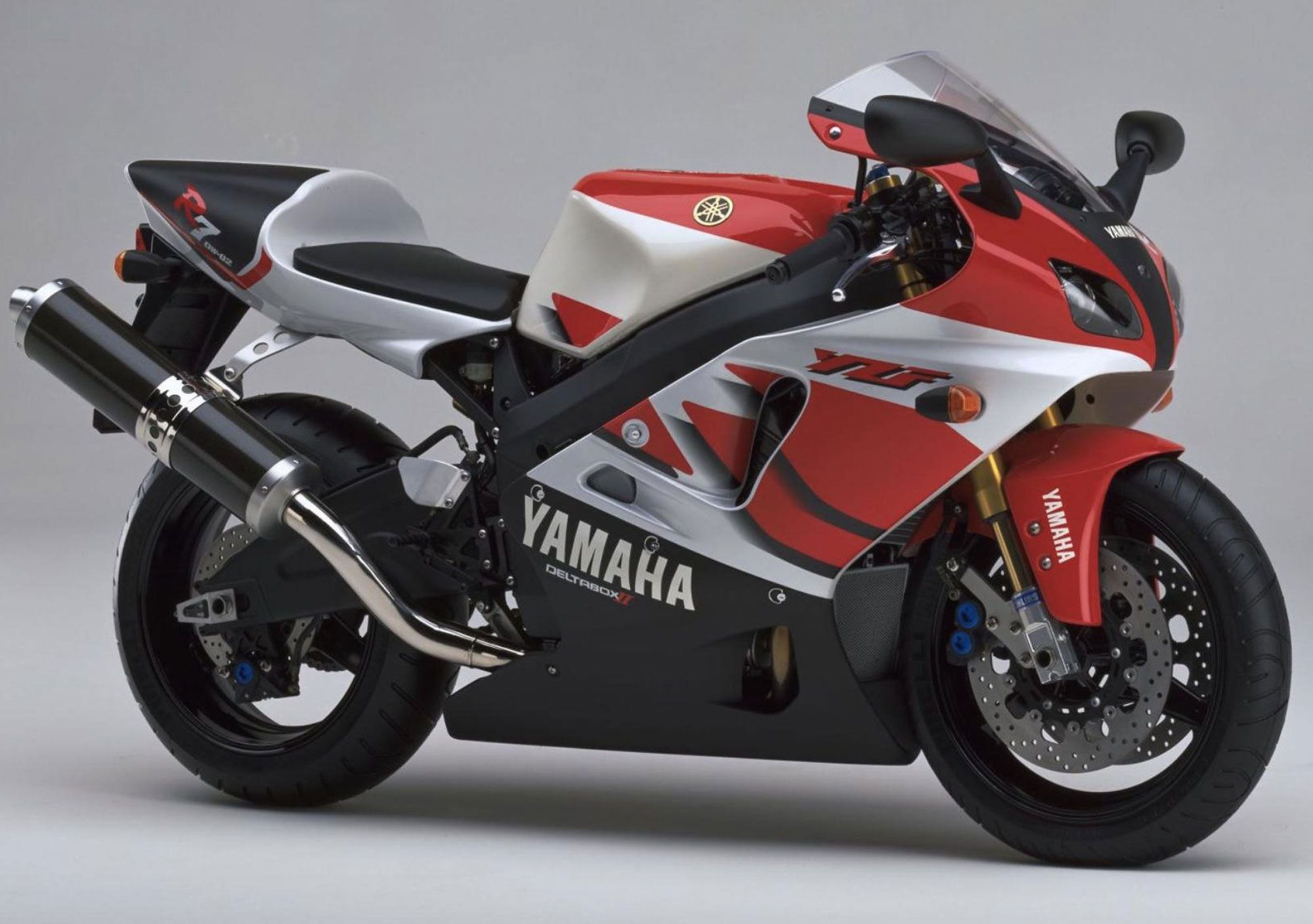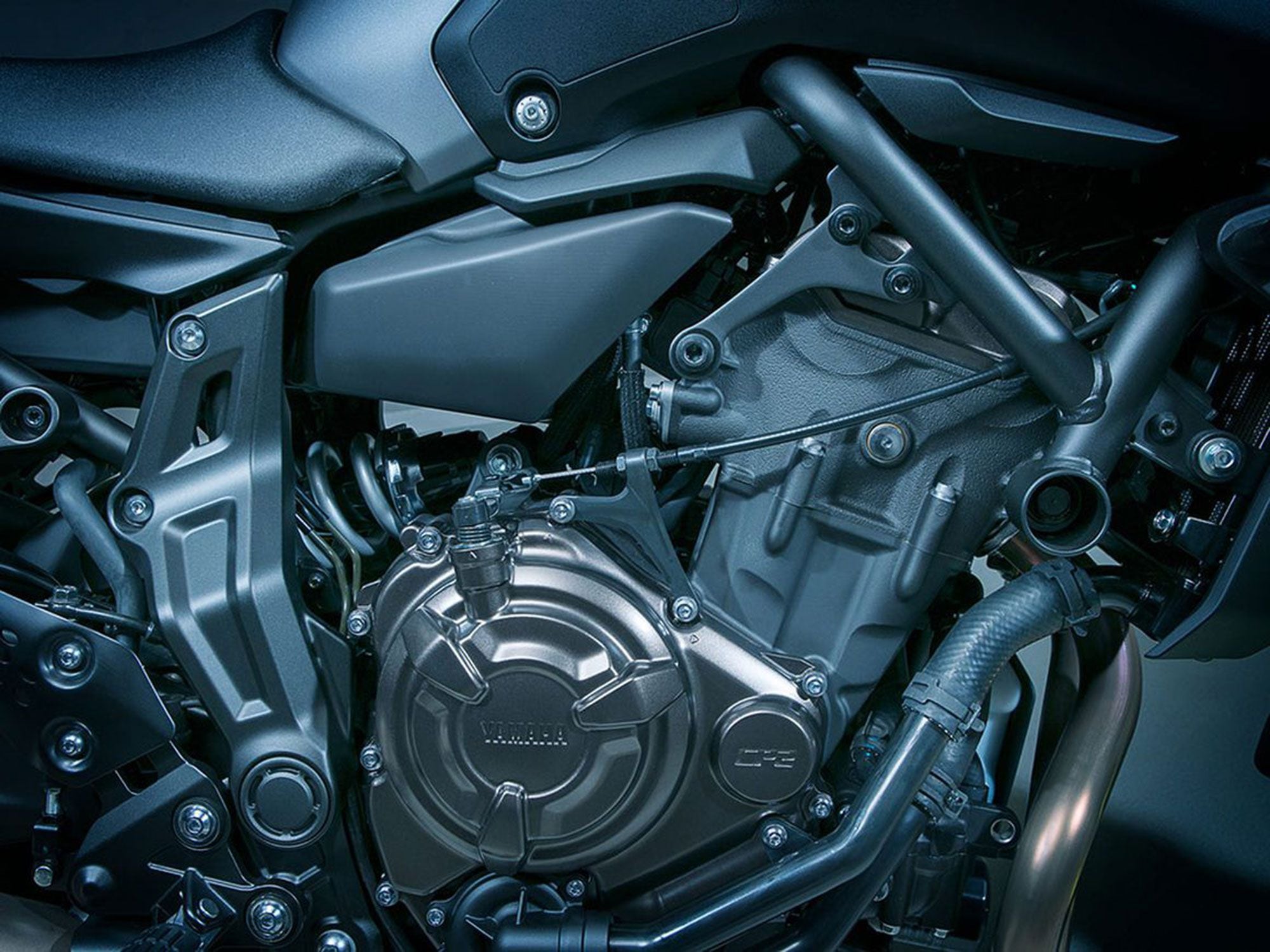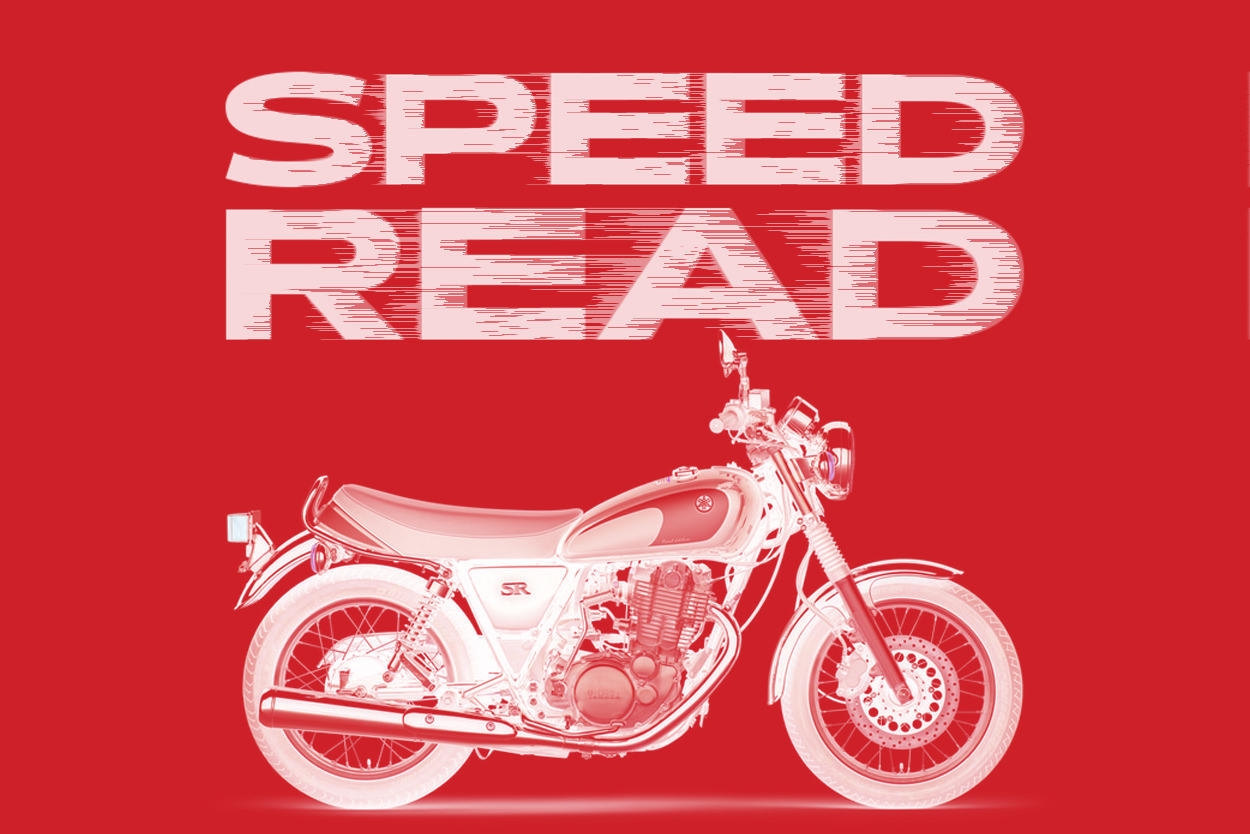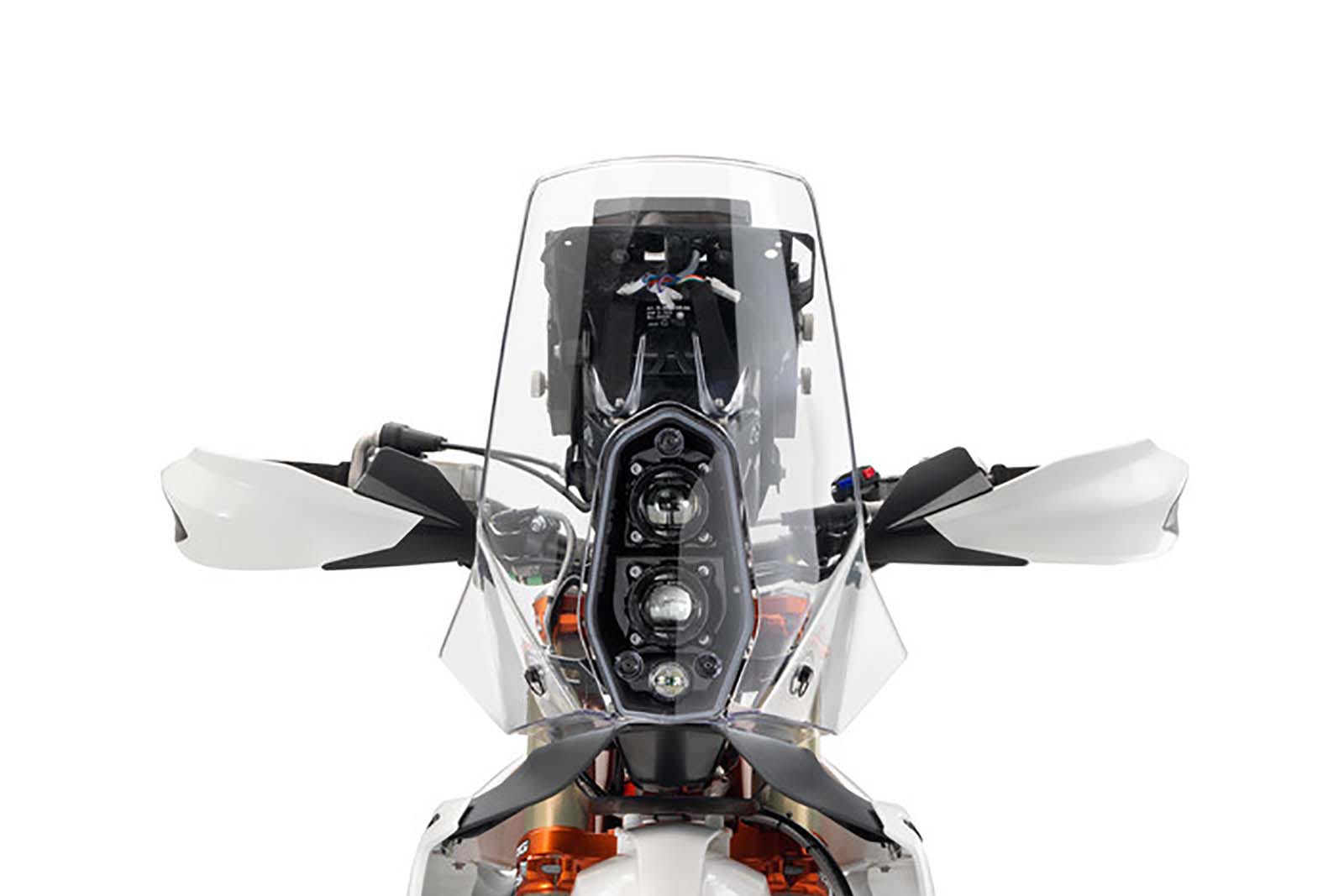It’s confirmed: Yamaha will have a YZF-R7 for 2022, likely using the MT-07′s (shown) 698cc parallel-twin engine as a foundation. (Yamaha/)It might never have won the WSBK title that it was designed specifically to conquer back in the day, but Yamaha’s 1999 YZF-R7 is high on the most wanted list when it comes to superbike exotica. For 2022 it’s now confirmed that the name is returning to the Yamaha range, though it will be attached to a much more attainable, MT-07-based sportbike.
The original YZF-R7 from 1999 packed a 749cc four-cylinder mill, so the new bike should be substantially tamer—and less expensive. (Yamaha/)With the YZF-R6 missing from the 2021 lineup, for the first time in decades Yamaha hasn’t got a midrange supersport model in its armory. There’s the YZF-R3, and then the YZF-R1, but no intermediate step, and that’s an intimidating leap for even the boldest of inexperienced riders. Whereas 600cc fours used to provide an invaluable transition in the sportbike learning curve, there’s relatively little in that section of the market now. The rapturous reception awarded to Aprilia’s new RS 660 shows there’s appetite for such machines, and even if an MT-07-based YZF-R7 might sound like a poor substitute for the full-fat original, it could still prove to be a huge draw bringing sportbike fans to the Tuning Fork brand.
These CARB filings show Yamaha putting two YZF models down for certification, though the differences are likely just color options. (Yamaha/)The confirmation of the new bike, which has been rumored for some months, comes via a new filing with the California Air Resources Board (CARB). In the latest batch approvals added to the list of upcoming 2022 models lie two registrations for the YZF-R7—“YZFR7NCB” and “YZFR7NCL” are actually identical filings, with the difference expected to be the color schemes. The final “B” in the designation probably refers to Raven Black, while the letter “L” means Team Yamaha Blue.
In terms of specs, the CARB filings don’t give much away, but the emissions performance of the 689cc parallel twin is identical to that of the latest 2021 MT-07, which means it’s a safe bet that the power and torque levels will also be unchanged. That means we’re looking at a peak of 72.4 hp at 9,000 rpm, with torque maxing out at 49.4 pound-feet at 6,500 rpm. For comparison, the original 1999 YZF-R7, for all its legendary status, made 105 hp at 11,000 rpm and 53.5 pound-feet at 9,000 rpm—pretty unspectacular numbers by today’s standards, even if they still beat those of the new 2022 model.
The MT-07′s lower-revving crossplane parallel twin will power the new YZF-07. (Yamaha/)Of course, with a lower-revving and emissions-friendly 689cc twin rather than the screaming 749cc four of the original, the 2022 bike is never going to be able to achieve the same performance, but neither will it be anywhere near as expensive or exclusive. Presuming it carries over the MT-07′s chassis as well as its engine, simply wrapping it in full-faired bodywork and adding dropped bars and rearset pegs, the price isn’t likely to be too far removed from the MT’s $7,699.
The evidence that the chassis will be carried over comes from the fact that the weight listed on the CARB documents is again identical to that of the MT-07. While CARB uses an unusual weight formula that’s intended to represent a typical inertial mass of the bike including a rider, the resulting figure it gives is 280 kilograms (617 pounds). In more familiar terms, with no rider included, that means we’re looking at a machine that weighs around 406 pounds wet.
Although it’s listed as a 2022 model, the fact that Yamaha has already put the YZF-R7 down for certification could be an indication it’ll arrive sooner rather than later. It’s currently the only 2022 bike that Yamaha has had certified, so we wouldn’t be surprised if it gets an early launch.


